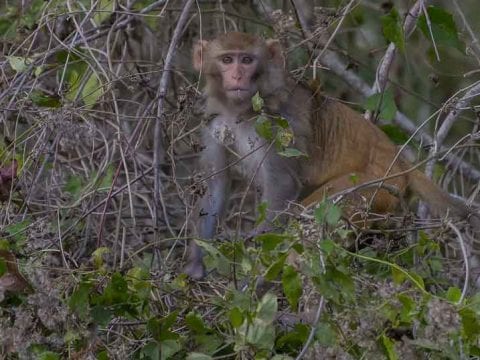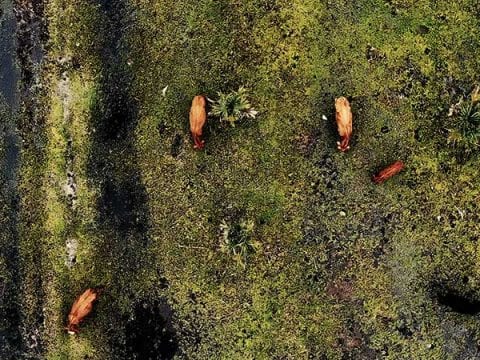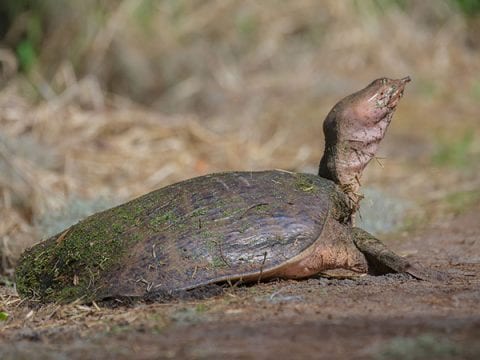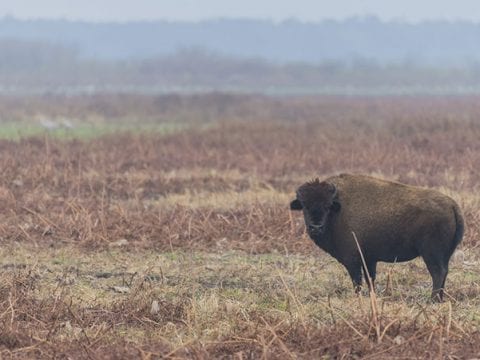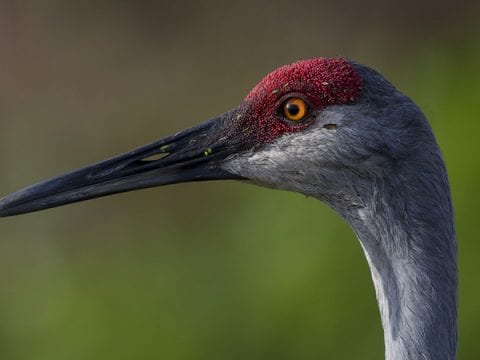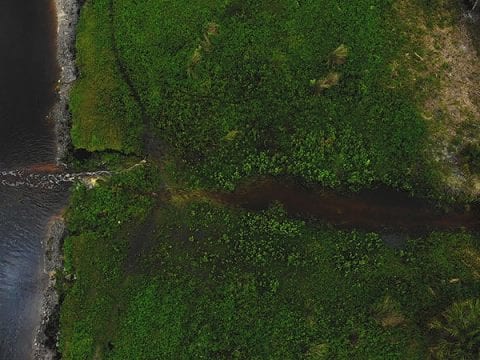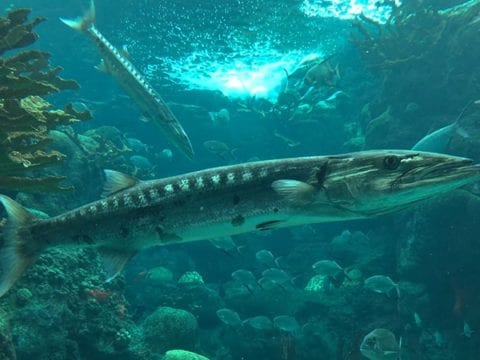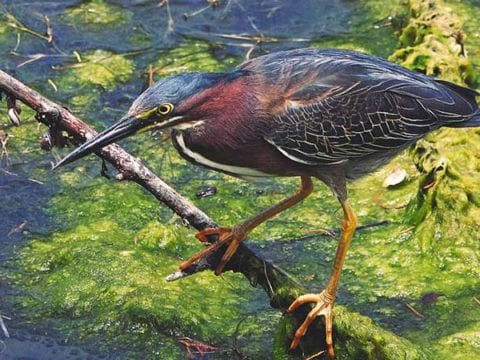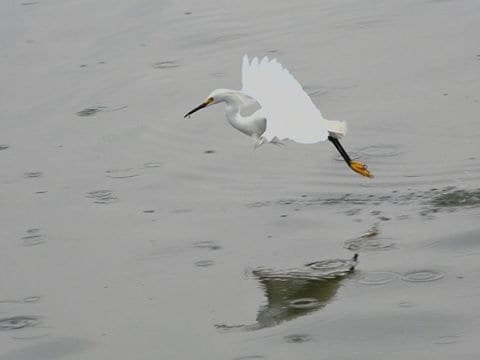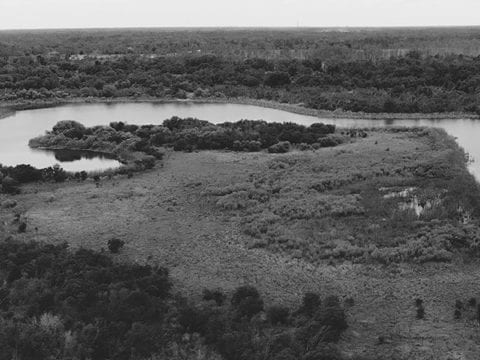Table of Contents
My latest video was shot when I visited Shell Key Island but before I go onto the boat to take me over, I arrived at the docks and found tons of brown pelicans. They were all waiting on fishermen to throw them parts of their catch. Brown pelicans love fish as you’ll see in this 3 minute video I put together. Here are some brown pelican facts as well as a 4K wildlife video to show them in action.
Brown Pelican Facts
- Scientific name: Pelecanus occidentalis
- Brown Pelicans can live up to ten years, 25 in captivity. Although, the oldest Brown Pelican that ever lived was 43 years old.
- They are awesome divers as they can dive from as high as 65 feet in the air.
- Pelicans have several nouns that describe them: rookery, squadron, pouch, pod, brief, and scoop
- The state bird of Louisiana is a Brown Pelican
- The Brown Pelican’s pouch near its bill will hold more than its belly will, up to 3 gallons of water. Its stomach can only hold a gallon.
- Pelicans have learned that they can catch a fish underwater by going at it in a steep 60 or 90 degree angle. This reduces water refraction.
- Brown Pelicans are beautiful flyers even though they are awkward on land. Typically a flock will fly in V-formation. They fly low and over water so that they can catch their prey.
- They incubate their eggs with their webbed feet.
- During the 1960’s and 1970’s, Brown Pelicans nearly disappeared from North America due to DDT but have made a vast comeback in the last decade.
- Brown Pelicans look a bit prehistoric because their basic features haven’t changed very much in the past 40 million years.
Identification
Brown Pelicans are grayish-brown birds with white necks and yellow heads. During breeding, the back and sides of their neck will turn a dark reddish-brown. They differ slightly depending on what coast a Brown Pelican is seen on. On the Pacific Coast, they have red skin on their throats during breeding season. On the Atlantic and Gulf Coasts, they are smaller and they have greenish-black skin on their throats. They have long thin necks with a stretchy throat pouch that is used for capturing fish and holding water. Brown Pelicans have very long bills and very long wings that are noticeable in flight.
Juveniles are gray-brown with a pale white breast and belly.
They are usually silent birds but they do make low grunting noises when on nesting grounds.
Size
Brown Pelicans are big stalky birds that hang out by the sea. Both genders of the bird are the same size.
- Length:3-5 feet
- Weight: up to 8 pounds
- Wingspan: up to 7 feet
Behavior
Pelicans have adapted to protect themselves by using special air sacs beneath their skin, which inflate just before hitting the water so that there internal organs remain protected. To avoid hurting their esophagus and trachea (which run along the right side of the neck), they rotate their head to the left as they are diving. Brown Pelicans enjoy surfing updrafts along the waves and gliding with their massive wings which sound deep and powerful.
They feed by plunging into the water and stunning small fish. They can then scoop them up and into their large pouches. After they have caught their prey, they drain the water from their pouches as seagulls try to steal fish right from their beaks. When they are not looking for their next meal, they can be found hanging out on beaches, fishing docks or gliding over the shoreline.
They are masterful fliers but have a very awkward walk on land. They can perform spectacular air dives in order to catch their prey. The typically hunt during the day but they will also feed at night when the moon is full.
Brown Pelicans are very socially all year long and they breed in colonies of up to several thousands of pairings.
Habitat
They live along the western and southern sea coasts and they are never really seen inland. One area they can be found in large numbers in is the Salton Sea in California. They often nest in colonies on isolated islands so that they don’t have to be concerned with land predators.
Year round, they live in estuaries and coastal marine habitats along the west and east coasts. They breed between Venezuela and Maryland and between southern Ecuador and southern California. They can be found as far as New York and the British Columbia during mating season.
When they are not breeding or hunting for prey, they usually hang out in sheltered bays, in shallow water along the coast or in rocky areas covered with mangroves.
Diet
Brown Pelicans mostly eat small fish that swim near the surface of the water.
Surface Fish
- Mullet
- Menhaden
- Anchovies
- Smelt
- Herring
- Sailfin Mollies
- Crustaceans
Brown Pelicans can spot their prey from up in the air at 65 feet and will plunge down and scoop it out of the water. Typically, they feed above estuaries and shallow ocean water that is with 12 miles of the shore. They also steal food from other birds and will scavenge dead animals.
Brown Pelican Reproduction
Nesting
Males choose a site on the ground or an exposed treetop to perform their mating rituals by swaying their heads to attract a near-by female. After attracting a mate, the male will protect the nest site for up to three weeks. During this time, the two are monogamous. Brown Pelicans use ground sites that are covered with dense vegetation and low shrubbery. This area typically has a nearby perch that allows enough space for mama and papa bird to land and take off while also preening the nest. Some Brown Pelicans will nest on the bare sand or in a shell though more often than not, this is unsafe due to possible flooding. Nests are made from seaweed, grass, leaves and sticks. The nest measures about 30 inches wide and 9 inches deep. Females work on building the nest while the male gathers the supplies for the nest. This usually takes 7-10 days and the male continues to bring supplies even when the eggs are being incubated. Since Brown Pelicans use their feet to incubate their eggs, disturbances can cause birds to take flight and crush their eggs.
Eggs
A clutch is about 2-4 eggs and there is generally one brood a year. The incubation period takes 29-35 days while the nesting period takes 77-84 days. Each egg is 2-3 inches long and 1-2 inches wide. They are chalky white in color but become stained through the incubation process.
Younglings
When born, the younglings are helpless, their eyes are open and they have bare pink skin. Both parents feed their young. Mama and papa bird regurgitate predigested fish into their youngling’s mouths. After 5 weeks, the younglings can leave their ground nests. Some younglings may remain in the nest for up to 9 weeks. They take flight between 9-12 weeks. After 3 months, the younglings can fly and fend for themselves. Between the ages of 3-5, they reach sexual maturity.

